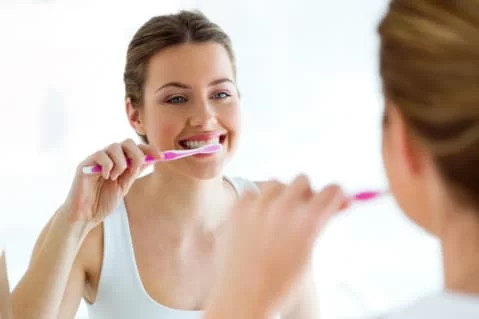
Best Ways to Prevent Gingivitis with Proper Brushing
- 1. Importance of Good Brushing Habits for Preventing Gingivitis
- 2. How to Properly Brush Your Teeth to Prevent Gingivitis
- 3. Choosing the Right Toothbrush and Toothpaste for Gingivitis Prevention
- 4. Common Mistakes in Tooth Brushing and How to Avoid Them
- 5. Real-Life Case: Overcoming Gingivitis with Effective Brushing
1. Importance of Good Brushing Habits for Preventing Gingivitis
Gingivitis is a common and mild form of gum disease that causes irritation, redness, and swelling of your gums. The primary cause of gingivitis is poor oral hygiene that encourages plaque to form on teeth, leading to inflammation of the surrounding gum tissues. The best way to prevent gingivitis is by adopting proper brushing habits. Regular brushing removes plaque and bacteria that can lead to gum infection and other dental issues.
Proper brushing, along with regular dental checkups, is crucial in maintaining optimal gum health. Gingivitis, if left untreated, can develop into more serious gum diseases, such as periodontitis, which can affect the bone structure of your teeth. By brushing your teeth correctly and frequently, you can prevent these issues before they escalate.
2. How to Properly Brush Your Teeth to Prevent Gingivitis
Brushing your teeth correctly is key to preventing gingivitis. Here are some tips on how to brush effectively:
- Brush Twice a Day: Brush your teeth at least twice a day—once in the morning and once before bed. This helps to remove the buildup of plaque and food particles.
- Use Gentle Strokes: Use gentle, circular strokes when brushing your teeth. Avoid brushing too hard, as this can irritate your gums and wear down your enamel.
- Don’t Forget Your Gums: Brushing your gums is just as important as brushing your teeth. Gently brush your gums to remove plaque and reduce the risk of inflammation.
- Brush for Two Minutes: Spend at least two minutes brushing your teeth to ensure thorough cleaning. Many people don’t brush long enough, leaving plaque behind.
- Use a Soft-Bristled Toothbrush: A soft-bristled toothbrush is best for preventing damage to your gums and enamel while cleaning your teeth effectively.
3. Choosing the Right Toothbrush and Toothpaste for Gingivitis Prevention
The right tools can make a huge difference in the effectiveness of your oral care routine. Here’s how to select the best options for gingivitis prevention:
- Toothbrush: Choose a toothbrush with soft bristles to avoid damaging your gums. An electric toothbrush can also be an excellent option for more consistent brushing.
- Toothpaste: Use fluoride toothpaste that is specifically designed for gum health. Many toothpastes contain ingredients like triclosan or stannous fluoride that help reduce plaque buildup and prevent gingivitis.
- Consider an Antibacterial Mouthwash: Using an antibacterial mouthwash can further reduce the bacteria in your mouth, providing an extra layer of protection against gingivitis.
4. Common Mistakes in Tooth Brushing and How to Avoid Them
Even with the best intentions, people often make mistakes when brushing their teeth. Here are some common errors and how to avoid them:
- Brushing Too Hard: Brushing aggressively can harm your gums and enamel. Use gentle, circular motions to avoid injury while still effectively removing plaque.
- Neglecting the Gum Line: Many people forget to brush along the gum line, where plaque and bacteria tend to accumulate. Make sure to angle your toothbrush at a 45-degree angle to your gums for a thorough clean.
- Not Replacing Your Toothbrush Regularly: Replace your toothbrush every 3-4 months or sooner if the bristles become frayed. A worn-out toothbrush won’t clean your teeth properly and can even cause harm to your gums.
5. Real-Life Case: Overcoming Gingivitis with Effective Brushing
Meet John, a 32-year-old who struggled with gingivitis for years due to improper brushing habits. Despite brushing daily, he didn’t realize he was brushing too hard, which caused his gums to bleed and swell. After consulting with his dentist, he learned the importance of gentle brushing techniques and the need to use fluoride toothpaste. Within weeks of making these changes, John’s gingivitis began to improve. His gums stopped bleeding, and the inflammation subsided, proving that with the right techniques and tools, gingivitis can be effectively managed.

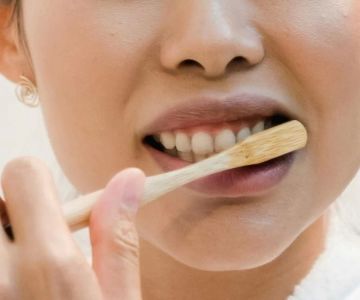
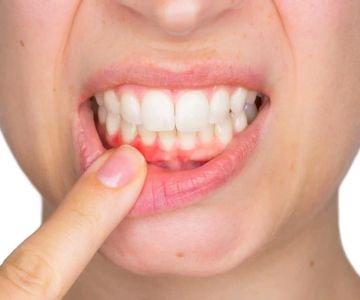

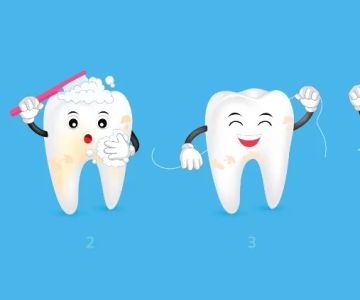

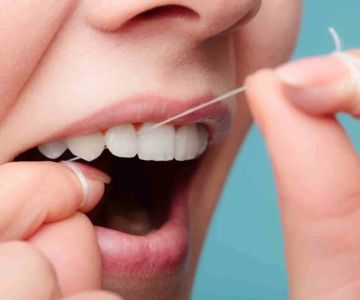
 Lake Minnetonka Orthodontics
Lake Minnetonka Orthodontics Dr. Joanne Kim Orthodontics
Dr. Joanne Kim Orthodontics Dr. Joe Gordon, DDS
Dr. Joe Gordon, DDS Tebo Orthodontics Cumming
Tebo Orthodontics Cumming Jonesboro Pediatric Dental Group
Jonesboro Pediatric Dental Group Los Coyotes Imaging Center: Le Hanh N DDS
Los Coyotes Imaging Center: Le Hanh N DDS The Importance of Oral Health Education During Pregnancy for a Healthy Pregnancy
The Importance of Oral Health Education During Pregnancy for a Healthy Pregnancy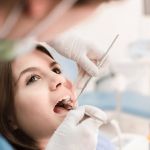 Why Skipping Dental Checkups Can Lead to Bigger Oral Health Problems
Why Skipping Dental Checkups Can Lead to Bigger Oral Health Problems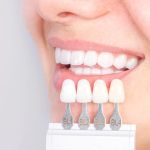 Advantages of Porcelain Dental Restorations
Advantages of Porcelain Dental Restorations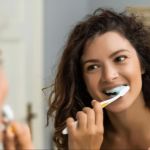 Best Tips for Brushing Your Teeth Properly for Healthy Gums: Essential Techniques for Oral Health
Best Tips for Brushing Your Teeth Properly for Healthy Gums: Essential Techniques for Oral Health How Can Diabetes Cause Tooth and Gum Problems? Preventing and Managing Oral Health Issues
How Can Diabetes Cause Tooth and Gum Problems? Preventing and Managing Oral Health Issues Healthy Habits for Promoting Good Oral Health and Hygiene: Tips for a Healthy Smile
Healthy Habits for Promoting Good Oral Health and Hygiene: Tips for a Healthy Smile